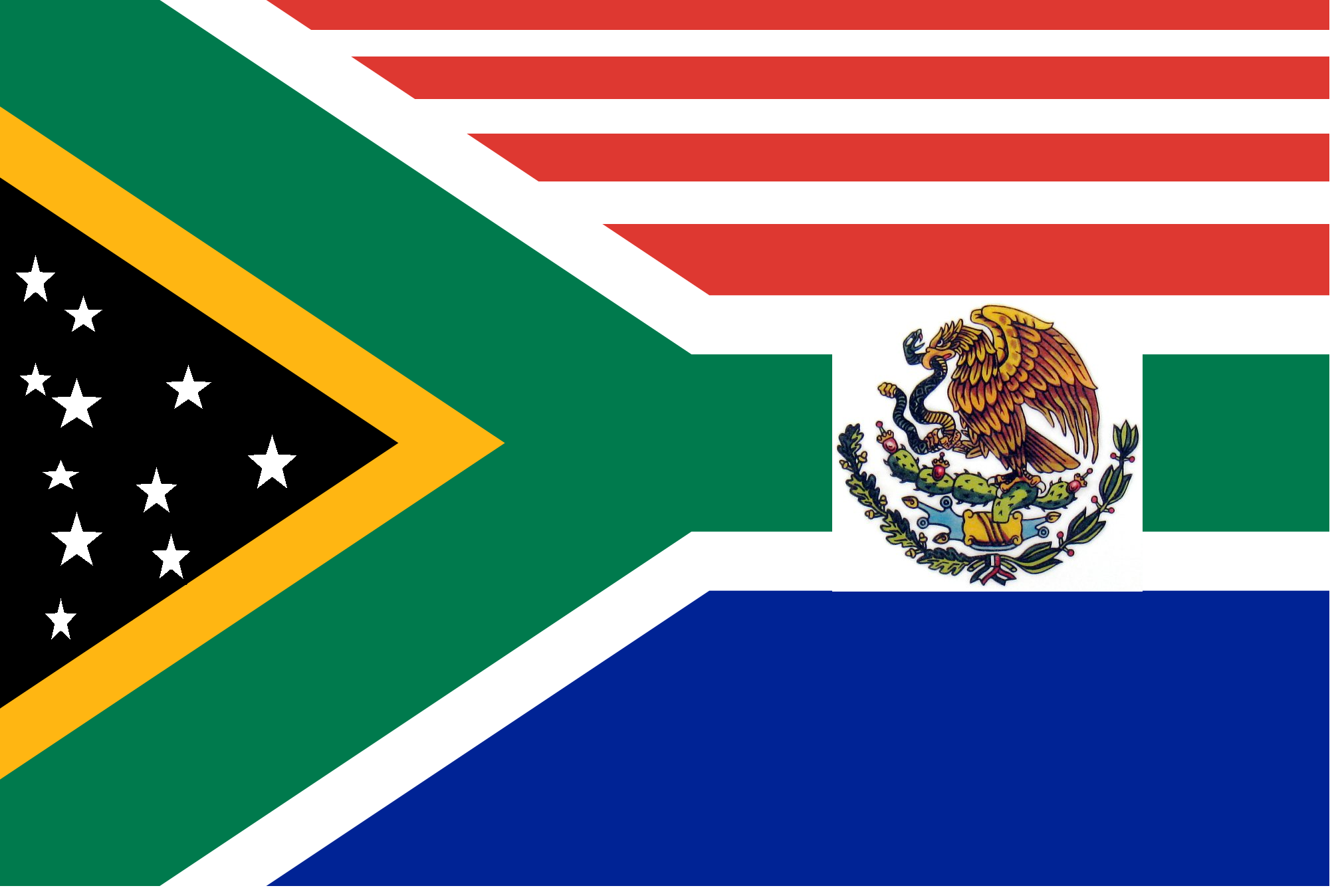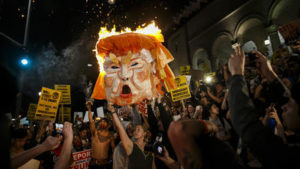
This week’s readings deal with two common issues: the documentation of Latino history, and the challenges of identifying with two cultures/ethnicities. In “CHICANO HISTORY: AN ORAL HISTORY APPROACH,” Mario T. Garcia argues the importance of having primary documentation of the Mexican experience in the United States since there seems to be a lack of sources for historians to use when studying Mexican American history. For this reason, historians have “begun to employ oral history techniques to compensate for [this] non-existing documentation.” Such oral history techniques include interviews. In the article, Ms. Salazar interviews four members from two families, the Sandovals and Mendozas. Ms. Salazar interviewed the two mothers from each family as well as one of their children respectfully. This technique provided an insight on the experience of one generation compared to another generation. During these interviews, the questions of whether each interviewee considered themselves a Mexican-American or a Mexican, and whether each family continue to speak Spanish or continue to represent Mexican customs were asked to each person. While the Sandovals consider themselves American, due to their citizenship, but felt Mexican, and have kept some customs, but not their language, the Mendozas consider themselves Mexican, even if they are Americans, and have kept most of their customs and language. These interviews not only proved that every Mexican has different experiences in the United States, but also that every Mexican deals with the issue of identifying with either their American or Mexican ethnicity differently as well.
Now, this article ties into the article “‘Blaxicans of L.A.’: capturing two cultures in one” since this article also deals with the issue of documenting Latino history and question of whether one identifies with one culture or the other. This article focuses on Walter Thompson-Hernandez, a researcher with the Center for the Study of Immigrant Integration at USC, who began a research project on “Blaxican” identity. For his project, Thompson-Hernandez interviewed individuals of African American and Mexican descent like himself, while capturing portraits of Blaxicans and their families and posting them on the Instagram account called “Blaxicans of L.A.” In the article, Thompson-Hernandez claims that with his experience documenting Blaxicans, he hopes to “challenge the way we think about race and force us to think about racial identities in more inclusive and broad ways” since “Blaxicans are dual minorities [and] we represent two of the largest ethnic minority groups.” Similar to the Sandovals and Mendozas, Thompson-Hernandez probably had questioned himself as to whether he considered himself to be Black or Mexican, and as we can tell, he considers to be both (hence, the nickname).
These readings made me think about my experience with having to balance feeling Guatemalan, even though I am American. Because of my fair-skin, people always assume I’m white, and because of this, I went through a period in my life where I was leaning towards accepting being American while ignoring my Latin roots. However, as I grew up, I realized that I can be both. I partake in many Guatemalan customs just the same as I do in many American customs. I speak Spanish at home, but English outside of my home. I eat Guatemalan food and American food. I balance my Guatemalan culture with my American culture. I get to have the best of both worlds without having to compromise, and that allows me to be my true self.
Now, I want to ask you, what do you consider yourself to be? Do you feel as though you lean towards one culture as opposed to the other? Or do you accept the best of both?




